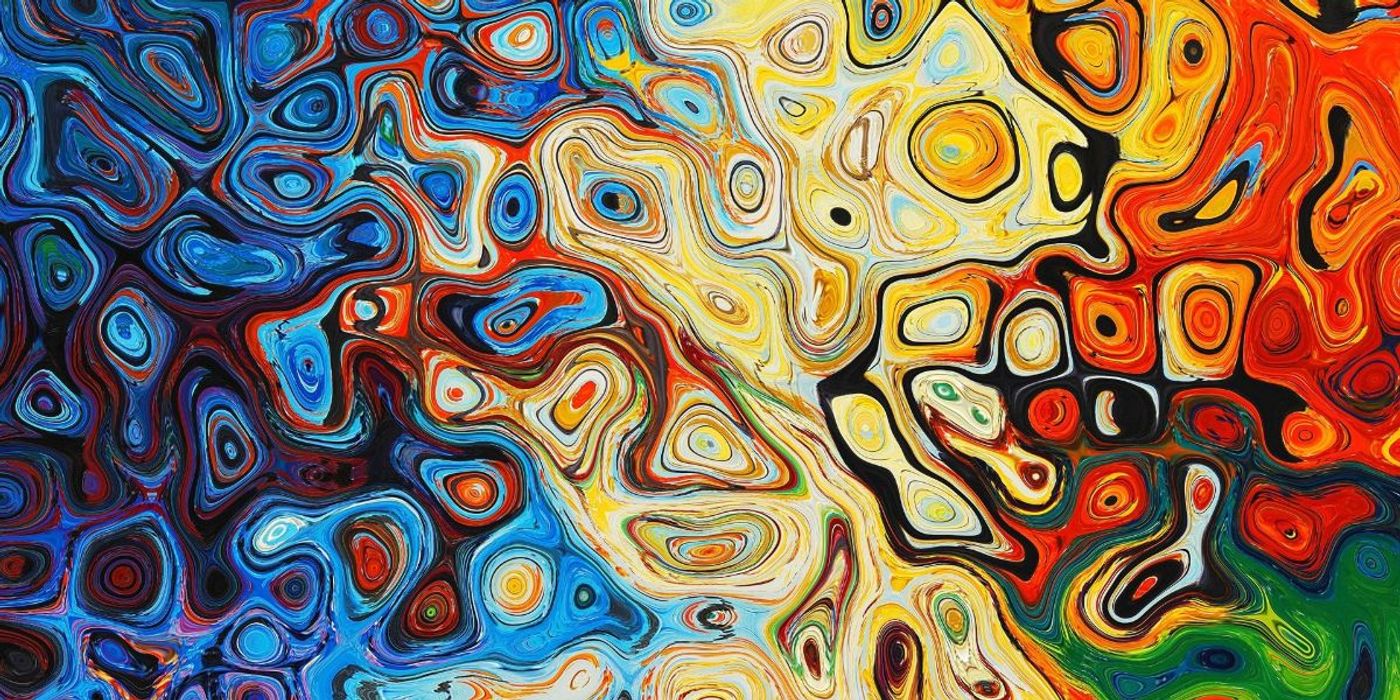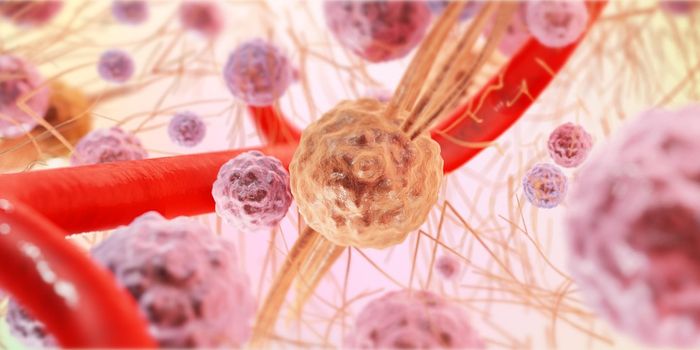How Psychedelic Salvinorin A Works in the Brain
Despite increasing interest in hallucinogens, the effects of Salvinorin A, a drug used in Native Mexican rituals, have remained unknown. Now, however, researchers from Johns Hopkins University have conducted research on the drug's strength and general effects.
Salvinorin A is a compound found in a plant called Salvia divinorum and is considered a dissociative hallucinogen. It produces out-of-body and amnesia-like experiences lasting up to 30 minutes.
For the study, the researchers recruited 12 men aged between 23 and 52. Each was examined via functional magnetic resonance imaging (fMRI) on two occasions- one in which they inhaled Salvinarin A crystals (15 µg/kg), and another in which they inhaled a placebo.
Altogether, the researchers examined activity in eight brain networks. Three were involved in vision, and five were for moving and touch, paying attention, and activating the default mode network while the mind rests.
All in all, the researchers found that the default mode network decreased in synchronization, meaning signals in this area became more random and unpredictable. They also observed increased communication between brain networks while on the drug in comparison to the placebo.
While participants generally reported their experiences to peak in intensity at 2 minutes in, they reported them to drop by approximately a half within 10 minutes. At 45 minutes, the experience had practically finished.
"Salvinorin A seems to do all the things that researchers believe happen when other psychedelics (such as LSD and psilocybin) act on the brain," says Manoj Doss, Ph.D. one of the study's authors.
"The funny thing is that some researchers have selectively focused on the default mode network when that's not even where they find the strongest effects of classic psychedelics. In contrast, that is, in fact, where we found the strongest effects of salvinorin A."
The researchers now hope to compare their findings with brain imaging studies on other hallucinogenic drugs.
Sources: Neuroscience News, Nature









